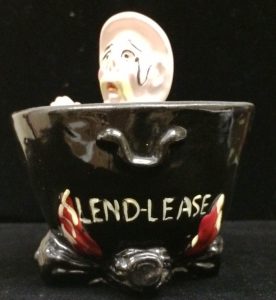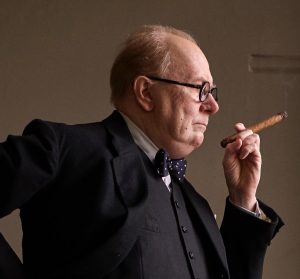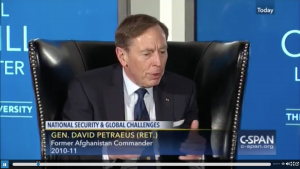
Bulletin #103 - Jan 2017
Rare Signed Portrait
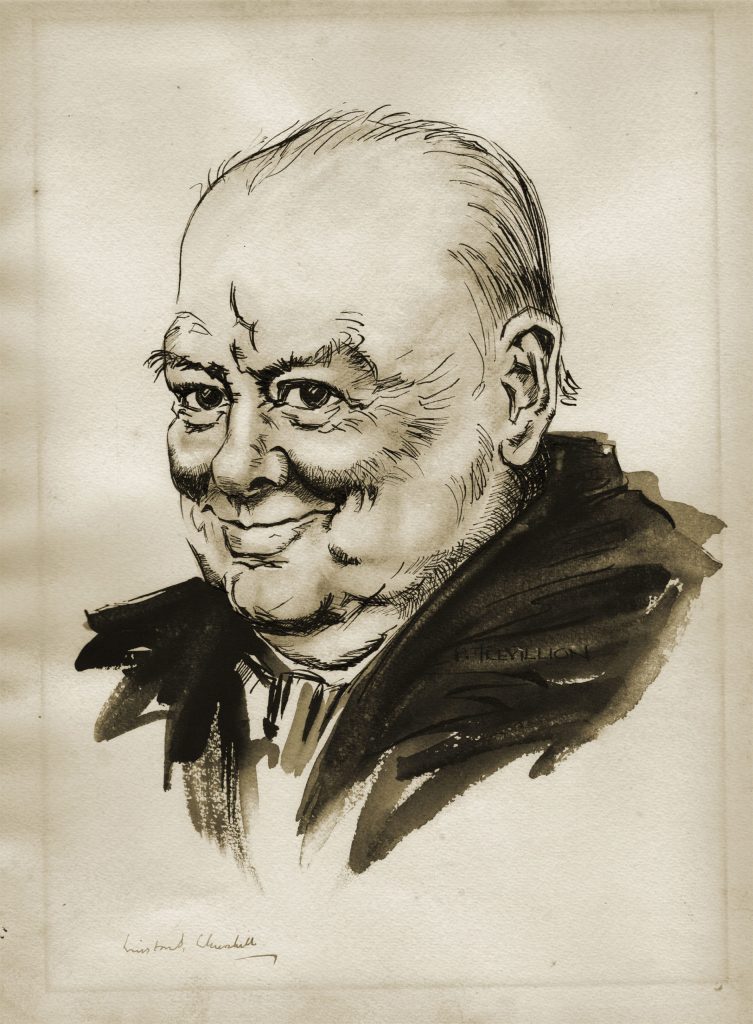
January 9, 2017
Portrait of Churchill Signed by the Subject
Displayed at National Football Museum
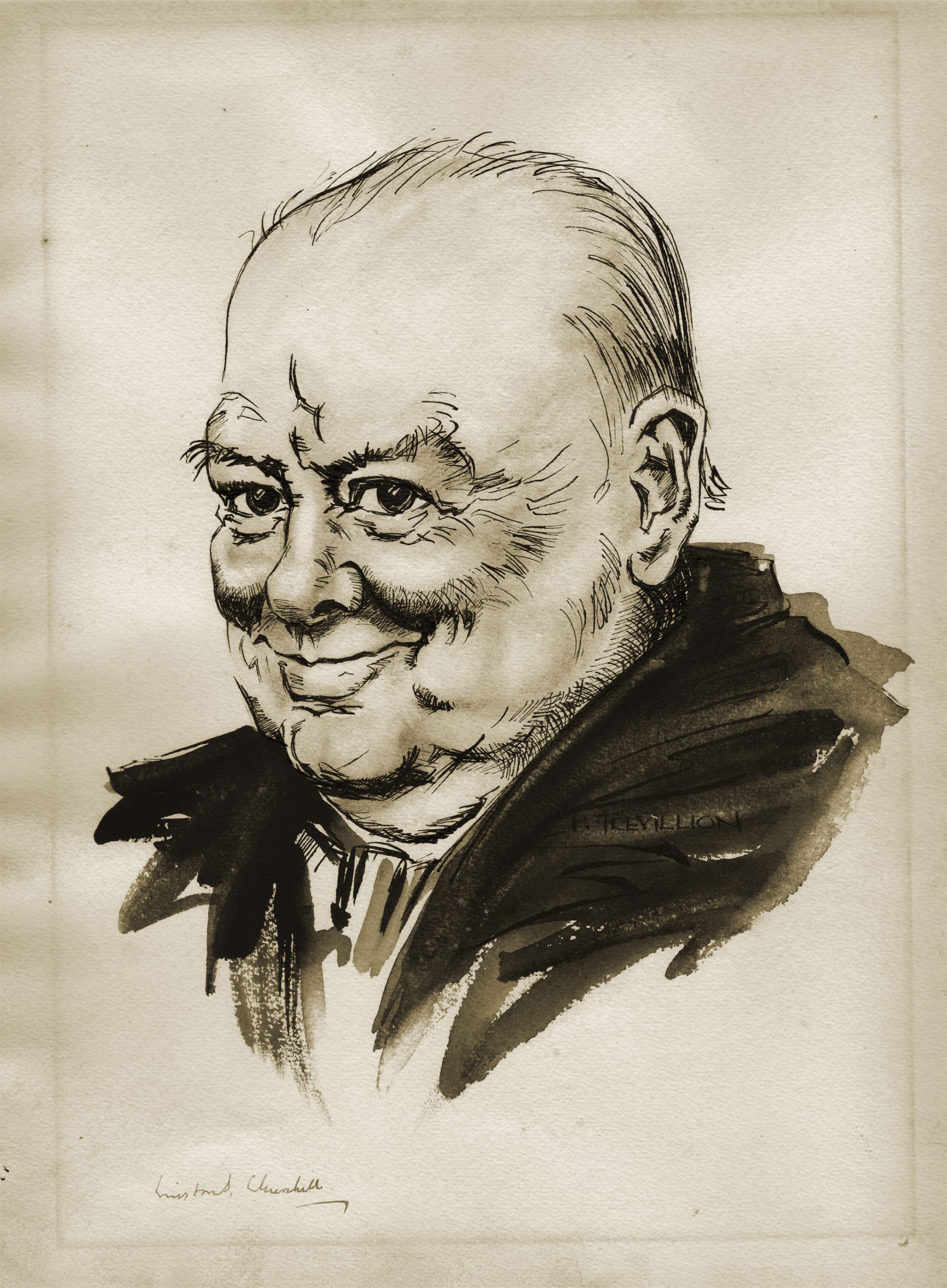 SIGNED SIR WINSTON CHURCHILL PORTRAIT BY PAUL TREVILLION
SIGNED SIR WINSTON CHURCHILL PORTRAIT BY PAUL TREVILLION

2024 International Churchill Conference
“Even through the bombing, I slept well at nights thinking of the reassuring smiling face of Churchill, which I had seen so many times in newspapers and newsreels. When the war ended in 1945, little did I realise that ten years later I was to meet Sir Winston Churchill.”
On Churchill’s 80th birthday, in 1954, renowned artist Graham Sutherland painted a full-length portrait of the Prime Minister that Churchill famously hated and never put on display. Sutherland’s portrait is said to have been destroyed by Lady Clementine. [It was.—ed.]
One year later, Paul decided to present Churchill with a more flattering likeness, painted to portray the Churchill the artist had found comfort in during the war. In the Trevillion portrait, the Prime Minister is smiling, eyes full of playful self-assurance.
Paul’s portrait was delivered to Churchill via Bernard Sunley, a friend of Churchill’s and a client of designer and architect Lazslo Hoenig, for whom Paul was working as a designer.
“Imagine my surprise when, a week later, sitting working in Hoenig’s studio, I was told that Sir Winston Churchill was on the phone,” said Paul.
“‘Hello,’ Churchill said, in his deep voice. ‘Is that Trevillion?’ I said, ‘Yes.’
“He said, ‘Winston here. I will be at the Bernard Sunley Buildings, Berkeley Square, on Wednesday, 10.30. Oblige.’
“I did, and when I walked into the boardroom of the Sunley Buildings to meet Sir Winston Churchill, I found him seated facing the door. He never got up. As I shook his hand, he smiled and said, ‘When were you born?’ I said, ‘1934.’
“‘So you were five when war was declared? Were you evacuated?’ I said, ‘No, I didn’t get evacuated.’ Churchill nodded. ‘And where were you living?’
“‘London,’ I replied. Churchill smiled, ‘So, you are a boy from the Blitz!’
“Churchill picked up my portrait, and I said, ‘I tried to capture the confident smile that reassured me as a little boy that we would win the war.’ Still smiling, Churchill said, ‘I like this painting very much.’
“And I heard myself saying, ‘It would be nice to have that in writing!’
“‘I will do more,’ replied Churchill. ‘I will sign it.’”
The signed portrait of Churchill is on display at the National Football Museum, Manchester.
Subscribe
WANT MORE?
Get the Churchill Bulletin delivered to your inbox once a month.
